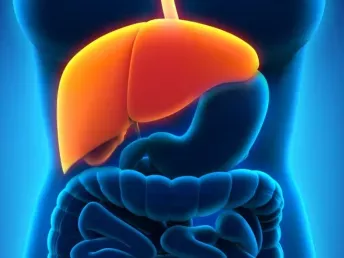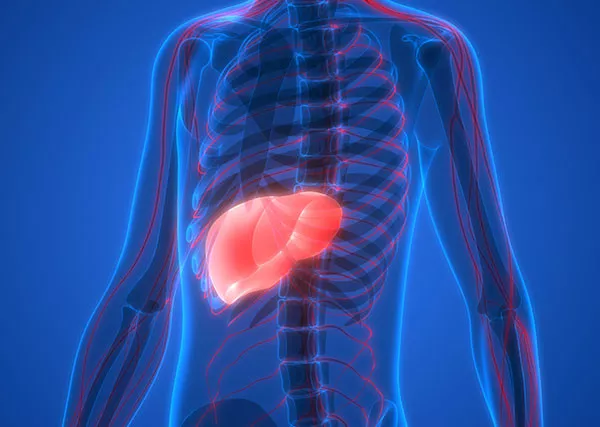Manometry is a diagnostic test used to evaluate the function of the muscles and valves in the gastrointestinal tract, particularly in the esophagus. The test involves placing a thin, flexible tube through the nose and down into the esophagus, which is equipped with pressure sensors. The patient is then asked to swallow small amounts of water while the pressure sensors measure the contractions and relaxation of the esophageal muscles, as well as the function of the esophageal valves.
pH-metry is another diagnostic test that is often performed in conjunction with manometry. It is used to measure the acidity (pH) levels in the esophagus over a 24-hour period. The test involves placing a small, flexible tube through the nose and into the esophagus, which is equipped with a sensor that measures the pH level of the surrounding tissue. The patient wears the device for 24 hours while keeping a diary of their activities and symptoms, which allows doctors to correlate changes in pH with specific events such as meals, sleep, or physical activity. pH-metry is useful in diagnosing conditions such as gastroesophageal reflux disease (GERD), which occurs when stomach acid flows back into the esophagus, causing heartburn and other symptoms.
Blogs
The source of trustworthy health and medical information. Through this section, we provide research-based health information, and all that is happening in Aster Hospital.

















